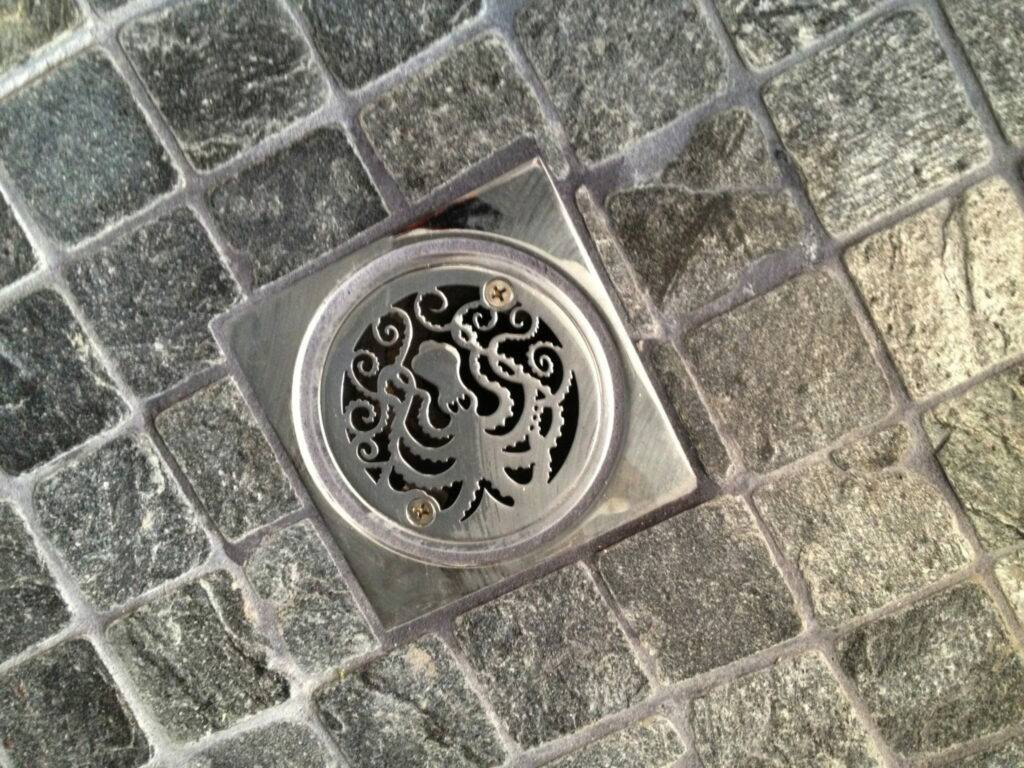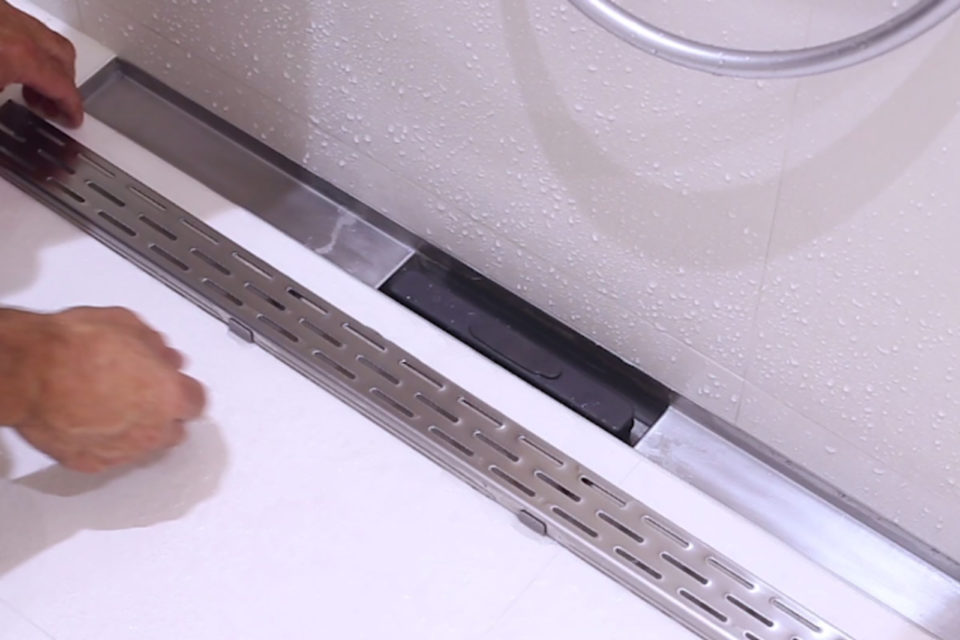How To-Ways to-Guidelines for Handle-Manage-Tackle Your Own-DIY-Personal Shower Drain-Bathroom Drain-Drainage System Installation-Setup-Project
How To-Ways to-Guidelines for Handle-Manage-Tackle Your Own-DIY-Personal Shower Drain-Bathroom Drain-Drainage System Installation-Setup-Project
Blog Article
Here below yow will discover some decent help and advice regarding How to Choose the Best Drain for Your Shower.

Upgrading a washroom is one of the a lot more preferred home enhancement tasks. Taking care of the plumbing for draining your shower can be exceedingly basic unless you overdo.
Managing Your Own Shower Drain Setup Job
Whether you are a bath tub or shower person, lots of people look for shower only choices when acquiring a residence. This basic reality suggests more than a few house owners invest a weekend upgrading or installing showers in their restrooms. Luckily for you, it is a rather simple process.
A collector or pan describes the straight surface area situated at the end of the shower. The collector generally consists of a non-slip surface somewhat banked towards the facility or anywhere the drain lies. Combined with 3 to 4 inch wall surfaces around the side, the objective of your shower water drainage plumbing is to obtain the water to move to and also down the drain.
You can physically build a collector for your brand-new shower, but you actually require to think of it. Do you actually intend to get involved in the difficulties of obtaining the sloping right, as well as making certain every aspect of it is waterproof? And also I suggest every facet! It is much easier to just purchase a pre-cast collector online or at your local Lowes, Residence Depot or equipment store. Structure one could seem like an excellent concept, but you will probably really feel in different ways after a couple of hours.
No matter exactly how you set about getting a frying pan, you need to make every effort to use one that has the drainpipe situated in the same place as the initial pan. Moving the drainpipe pipelines can be a task, specifically if the home builder utilized an unique framework framework. If you are identified to relocate the drain, you are going to need to cut down the pipe or extend it, which may suggest ripping up large portions of the floor. Rephrase, you are going to be considering a several weekend task.
Presuming we have our drain aligned, the actual link is relatively straightforward. The drain pipe must be facing upright up to the collector. It will typically look like a "U", which indicates it acts as a cleanout to keep unpleasant smells from coming back up from the drainpipe. To connect the drainpipe, you are going to produce a water limited connection in between a drain cap on the top of the frying pan and also the drain pipeline. Systems differ, yet you are usually mosting likely to do this by putting a combining piece on the top of the drain pipeline. This is then covered with gaskets as well as essentially screwed into the drain cap. The drainpipe cap should serve as a locknut, to wit, it screws straight onto the coupling.
The challenging part of this procedure is obtaining your drain cap to suit a water tight placement in the pan. This is achieved by backing off the drain cap as soon as you make certain everything meshes. Then, you placed plumbings putty around the underside of the cap and after that screw it back on. The putty needs to form a tight seal between the cap as well as the shower frying pan, which keeps water from flowing under it and also right into the framing under the shower.
Certainly, restroom showers been available in a wide array of designs nowadays. If you acquire an enthusiast, they almost always come with plumbing instructions or the store can note anything unusual you ought to recognize. It appears complex, but is generally quite simple. Have a good time!
Tips for Installing a Shower Drain Assembly
Renovating a bathroom can be exciting as well as fulfilling if you’re tackling the job DIY-style. After you cross off the bigger decisions such as tile style, paint colors, and fixtures, you’ll need to finalize smaller details – such as the shower drain. In this article, we’re sharing some tips for selecting and installing the right drain assembly for your updated shower.
What is a shower drain assembly?
Shower bases or pans typically only come with a pre-drilled drain hole. Since the pan slopes toward the drain, you should consider the placement – left, center, or right – when designing your shower. You’ll need to purchase and install a shower drain assembly that connects the shower pan to the drain pipe underneath the shower. There are a few types of assemblies, which will be covered below.
Size of a shower drain
When it comes to installing drains, size matters. The recommended pipe size for a shower drain is 2 inches, whereas most tubs use 1.5-inch pipes. Why the difference?
Shower pans are shallower than tubs, so there’s a higher risk for overflow. So, the larger pipe allows for quicker draining. If you are replacing an old tub with a newer stand-up shower, you will need to make additional plumbing adjustments to accommodate the 2-inch pipe.
Types of shower drain assemblies
There are three common types of shower drain assemblies: compression shower drain, solvent-glue shower drain, and tile shower drain. The layout, design, and materials of your shower can determine which type of shower drain assembly will work best.
Compression shower drain
This type of assembly attaches to the drain pipe with compression washers and nuts. The drain fitting is typically installed into the base, and then the base is installed into the bathroom floor. This makes compression-style drains easier to install than other options, particularly if you don’t have easy access from the floor under the shower base. Drains are available in a wide range of materials such as PVC (polyvinyl chloride), ABS (Acrylonitrile Butadiene Styrene), and brass, and can be used for acrylic, fiberglass, and steel shower bases.
Solvent-glued shower drain
Made of either polyvinyl or ABS, this type of shower drain is sealed to the drain pipe with solvent glue and silicone. Since you’ll be working underneath the drain pan, we only recommend using this type of drain if you have access under the shower, such as from a basement or crawlspace. It’s also important that you match the type of plastic of the drain with the drainpipe. If you take these precautions, you can install a solvent-glued drain assembly with acrylic, fiberglass, and steel shower bases.
Tile shower drain –
Drain assemblies for custom tile showers feature a waterproof membrane liner placed between two flanges. The tile is installed on top of the liner, collecting any water that seeps through the porous grout. A metal strainer is installed in line with the tile over the drain.
https://www.epshawaii.com/blog/tips-for-installing-a-shower-drain-assembly/

We were introduced to that write-up about Easy Shower Drain Installation Tips from a good friend on our other website. Liked our piece? Please share it. Help another person find it. I praise you for your time. Kindly pay a visit to our blog back soon.
Report this page